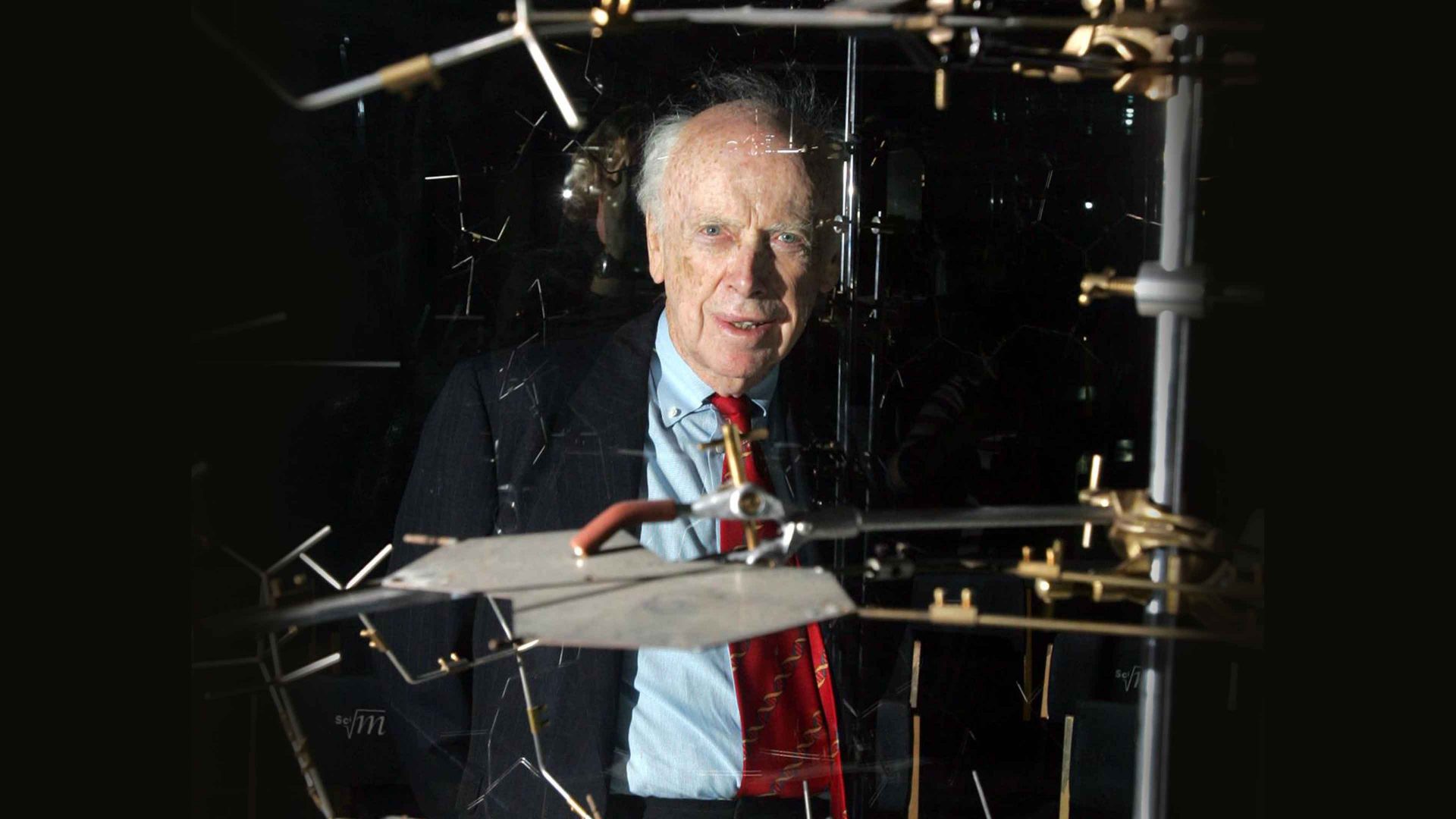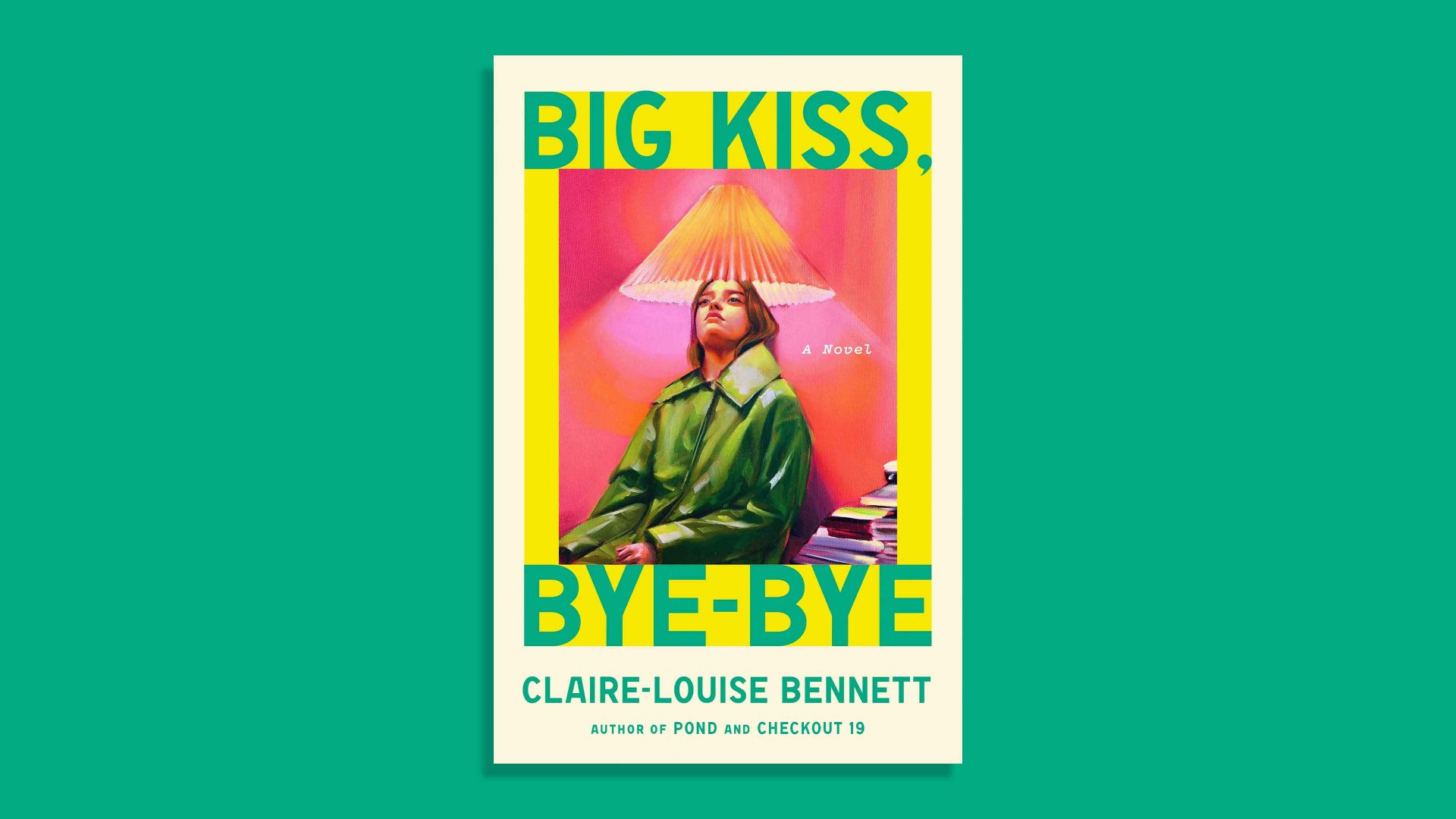During the wrangling at the Royal Society over the fellowship of Elon Musk, one often heard the remark: “But if they expel him, what about Jim Watson?” Unlike Musk, the American biologist Watson – who died this month at the age of 97 – had more than earned his fellowship on scientific grounds, having deduced with Francis Crick the double-helical molecular structure of DNA in 1953.
But he had always been a controversial figure, not least because of the sexist and disparaging remarks he made about Rosalind Franklin in his 1968 account of that discovery, The Double Helix. In the past two decades he became a pariah after suggesting that Black people have inherently lower IQs for genetic reasons – a claim without any scientific basis.
His death has ignited much discussion about his legacy. Some of this has centred on the allegation that he and Crick made their 1953 discovery by “stealing Franklin’s data”. She and her student Raymond Gosling studied the structure of DNA using the technique of X-ray crystallography, obtaining an image that was shown to Crick and Watson without her knowledge or permission by biochemist Maurice Wilkins of King’s College, who fell out with Franklin.
Legend has it that this “Photo 51” was the crucial, unacknowledged information that led Crick and Watson to their solution. But legend is all it is. As biologist and historian Matthew Cobb has explained (and does again in his new biography of Crick), Photo 51 was not actually so central, and no one, including Franklin, considered that Wilkins (who shared the Nobel prize with Crick and Watson, awarded four years after Franklin’s death from cancer) had done anything amiss.
None of this excuses the ugly way Watson wrote about Franklin, nor his boorish later comment that “we won and she lost” in the race to understand DNA. That was Watson all over, lacking any grace and regarding science as a competitive business of winners and losers. Many (though not all) of those who worked with him found him rude, abrasive and charmless, an opinion from which I was not dissuaded by my own glancing encounters.
But there is no denying his scientific impact. The truth is that he was never a great scientist – his good fortune in 1953 was to team up with Crick, a bona fide genius. Although Watson and his lab team went on to do solid work on viruses and mRNA, it was mostly as an administrator that he left his mark, especially as the director of the Cold Spring Harbor Laboratory (CSHL) for biomedicine in New York and as the principal advocate of the Human Genome Project to read the entire sequence of human DNA.
Suggested Reading


Why a new discipline of biology is generating interest
As was often the case before our villains became cartoonish, Watson’s flaws were complex. There is little doubt about his racism and sexism – he seemed to look on women mostly as “pretty girls” – but he was also a mentor for some female scientists and helped to establish a graduate programme for teaching in Africa.
Watson’s racism is universally denounced by scientists today. What is less acknowledged is that he defended it with spurious genetic arguments, thereby offering support to pseudoscientific racist claims that still persist. (After the backlash to Watson’s comments about Black people in 2007, when he was suspended from administrative duties at CSHL, he withdrew the claim that they were scientifically validated, but this seems now to have been mere expediency.)
At root, Watson’s views on race drew on a crude genetic determinism that makes genes the primary, if not sole, cause of our traits. The same impulse led Watson to say that a woman should have the right to abort a child if genetic tests “showed” it would be gay. It was probably to bolster this position that Watson misrepresented Crick’s “central dogma” describing how genetic information is used to make proteins, in which he persisted even when a peeved Crick asked him not to.
TheHuman Genome Project was itself saddled with this Watsonian caricature of what genes actually do; genetics today is far from free of it. During a lecture late in his life in which the speaker explained how this simplistic “instruction book” view of genes is no longer tenable, Watson fell asleep, snored loudly, then woke up to declare it all “Crap!”
In that much, Watson was perhaps little different from many scientists who, early in their career, find the story that suits them and cling to it doggedly thereafter. But Watson’s story about genes was especially harmful, and still exerts an influence today.
His bigoted beliefs look antiquated now, but we shouldn’t pretend they can be neatly separated from his science.




